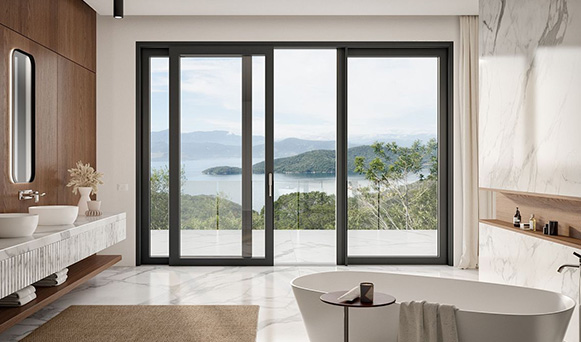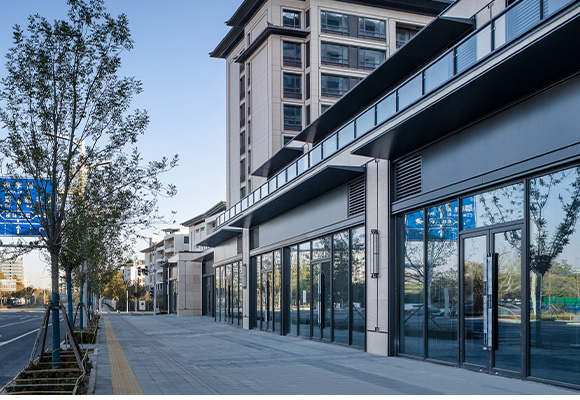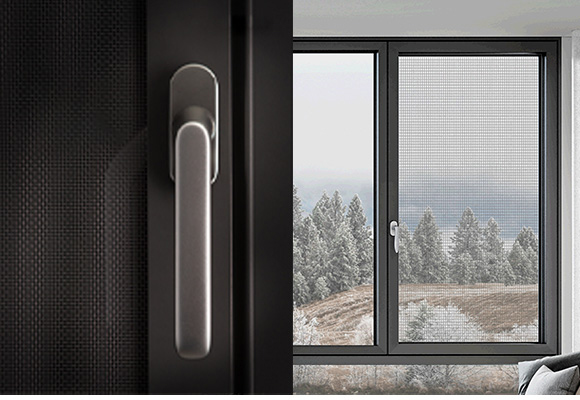Where Are Sliding Doors Commonly Used in Architecture?
Kitchen-Dining Connections:This is the most classic application of sliding doors. While modern kitchens are often open-plan, issues like cooking smoke and noise need to be physically contained. Sliding doors made of glass (e.g., fluted or frosted glass) maintain visual openness while providing effective separation when needed. When opened, they can retract completely into wall cavities, […]
Where Are Sliding Doors Commonly Used in Architecture? Read More »








